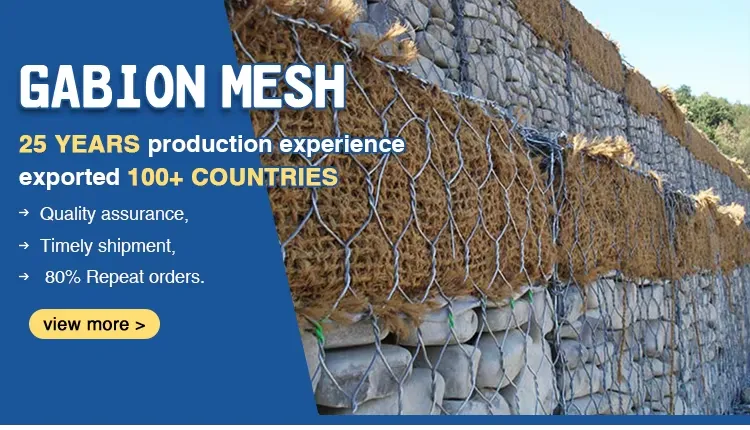Jan . 19, 2025 02:34 Back to list
galvanized grating


Installation, an area where expertise plays a critical role, varies significantly depending on the type of grating and its intended application. Knowing the correct fastening methods and the environmental considerations that might affect installation duration and success is crucial. Poor installation not only undermines performance but could also lead to safety hazards, emphasizing the importance of professional guidance or input when choosing and installing a grating product. The market for grating products is rich and diverse, with countless options tailored for specific applications. As such, navigating this space as a buyer requires understanding these nuanced distinctions to provide the most suitable solution for your needs. Engaging with authoritative sources or professional consultants can enhance decision-making, ensuring the selected grating not only fulfills its primary function but also stands the test of time, reflecting both expertise and trustworthiness in the final choice. Stay informed by choosing reputable suppliers and manufacturers who adhere to industry standards. Leveraging reviews and customer experiences can provide an additional layer of assurance that the products meet expectations in real-world applications. Investing in the right grating solution, tailored for your specific needs, while considering the material, structural requirements, and the expertise of professionals, ensures the longevity and effectiveness of your investment, safeguarding both property and personnel with the authority and reliability of well-vetted products.
Latest News
-
Brick Mesh Wall Solutions | Enhanced by GPT-4 Turbo Design
NewsAug.01,2025
-
Premium Anti-Climb Fence Spikes for Sale
NewsAug.01,2025
-
Premium Peach Post Fence | Durable & Stylish Security
NewsJul.31,2025
-
Best Galvanized Grating Price - Durable Galvanized Steel Grating Solutions
NewsJul.30,2025
-
0.5-4.0mm Wire 2×2 4×4 8×8 Hot Dipped Galvanized Welded Mesh Roll
NewsJul.30,2025
-
Metal Fence Pickets for Sale – Durable Galvanized & Steel Options
NewsJul.29,2025
Our company owns has excellent CAD steel grating drawing designers, who can provide customers with perfect steel grating layout design and better meet customers' special requirements for products. We have been adhering to it the business tenet of "quality first, customer first", with high-quality products, reasonable prices, and the fastest delivery time, we wholeheartedly provide customers with a full range of services! Welcome new and old customers to cooperate sincerely and create brilliance together!
Contact Us
WELCOME TO OUR COMPANY!
Thank you for your interest in our services! If you have any questions or wousld like to book a service, please don’t hesitate to contact us. Our team is dedicated to providing you with the highest level of service and support, and we are committed to working with you to make your event a success.

Service Email

Service Phone
Product Center
Contact Us
- Phone: +86 +86 15733154345
- E-mail: sales@chengsenchina.com
- Address: B1213 GLOBAL CENTER, NO.226 ZHONGHUA NORTH STREET, SHIJIAHUANG, CHINA


























